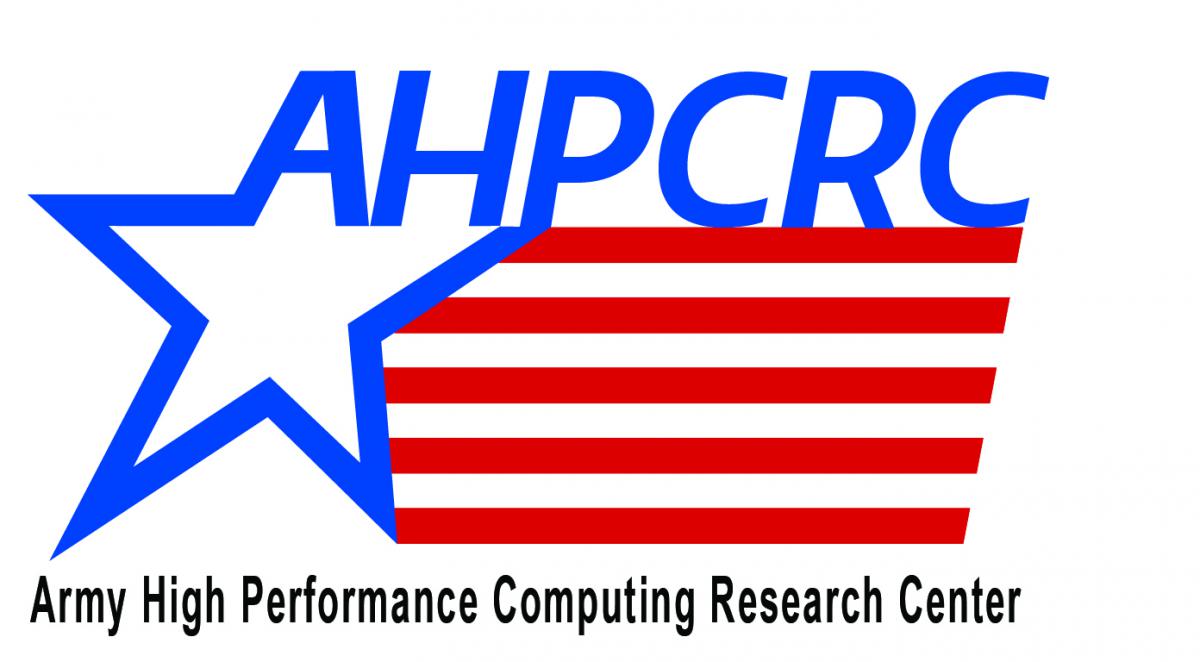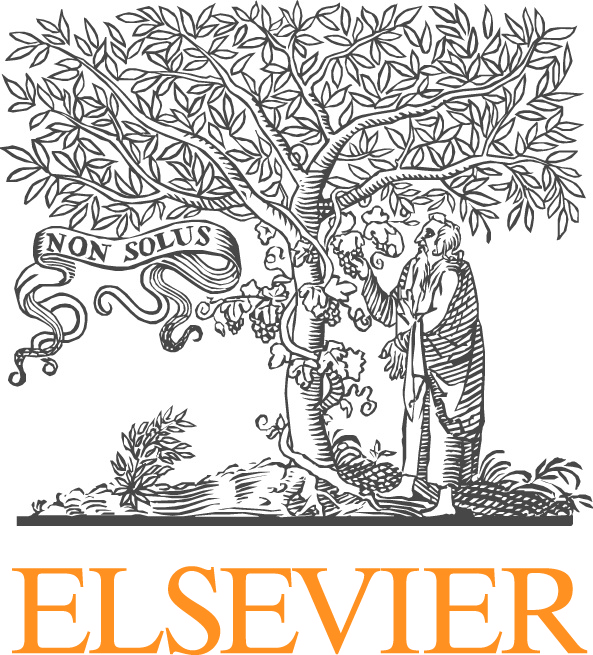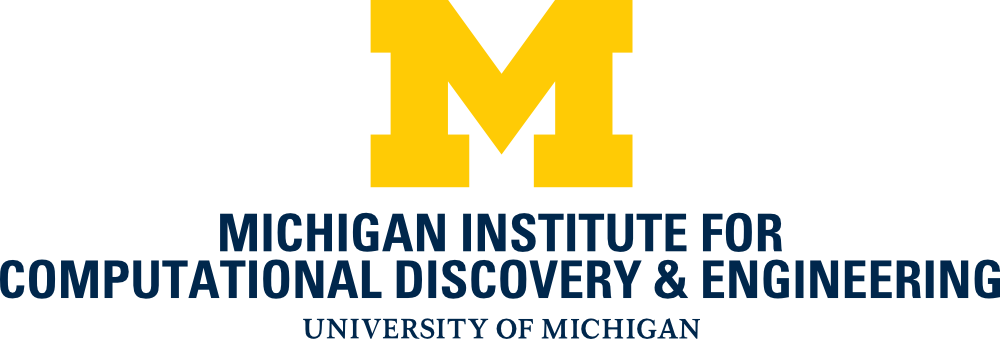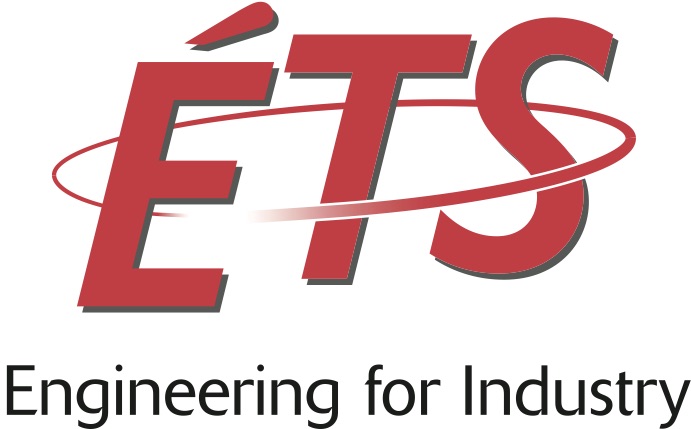Complex Multi-Physics Coupling Techniques: Advances and Applications
Scott Roberts, Sandia National Laboratories
Eric Cyr, Sandia National Laboratories
James Sutherland, University of Utah
Jerome Solberg, Lawrence Livermore National Laboratory
Victor Brunini, Sandia National Laboratories
Jonathan Clausen, Sandia National Laboratories
Kei Mueller, Lawrence Livermore National Laboratory
Roger Pawlowski, Sandia National Laboratories
Tyler Voskuilen, Sandia National Laboratories
Jonathan Clausen, Sandia National Laboratories
Kei Mueller, Lawrence Livermore National Laboratory
Roger Pawlowski, Sandia National Laboratories
Tyler Voskuilen, Sandia National Laboratories
While the numerical methods for single-physics problems are well-researched and generally well-established, robust solutions for coupling disparate physics are lacking. Many methods exist for some classes of fluid-structural interactions (e.g. aero-structural), but the solutions developed there are not necessarily applicable to other couplings, such as thermal-mechanical or biological applications. In this minisymposium, we encourage submissions that discuss advances in coupling multiple sets of physics, including thermal transport, fluid dynamics, solid mechanics, species transport, chemistry, electrical transport, magnetics, and others. Coupling techniques may range from monolithic (single-matrix) coupling using block or other multiphysics preconditioning, to loose-coupling based on operator splitting techniques between different codes or numerical formulations. We also encourage application-focused submissions that discuss either techniques/methods that have worked well or attempts where challenges still exist.







